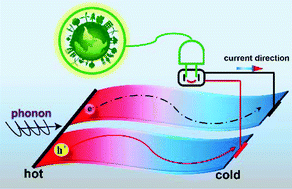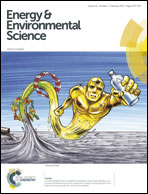Solution processed organic thermoelectrics: towards flexible thermoelectric modules
Abstract
Organic semiconductor materials have advantages of low cost, light weight, mechanical flexibility and low-temperature solution processability over large areas, enabling the development of personal, portable, and flexible thermal modules. This review article summarizes the recent progress made in the area of organic thermoelectrics (TEs), including organic molecular structures, devices, characterization methods, and approaches to improve the performance. We begin with the discussion of each TE parameter and particularly their correlations in organic TEs. Then the TE applications of molecular organic semiconductors, poly(3,4-ethylenedioxythiophene), polymer nanostructures and molecular junctions are reviewed. Next we turn to highlight the nanocomposites of polymers and carbon nanotubes or nanocrystals, which lead to enhanced TEs. Interestingly, the merging of TEs and photovoltaics offers a new direction towards a great capability of electric energy output. Critical challenges of organic TE materials include stability, sample preparation and measurement techniques, which are also discussed. Finally, the relationships among organic semiconductor structures, hybrid composites, doping states, film morphology and TE performance are revealed, and a viable avenue is envisioned for synergistic optimization of organic TEs.


 Please wait while we load your content...
Please wait while we load your content...